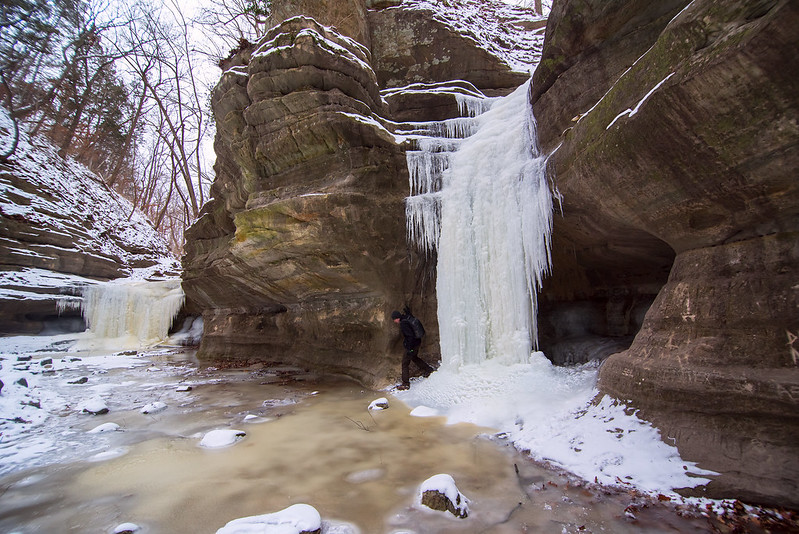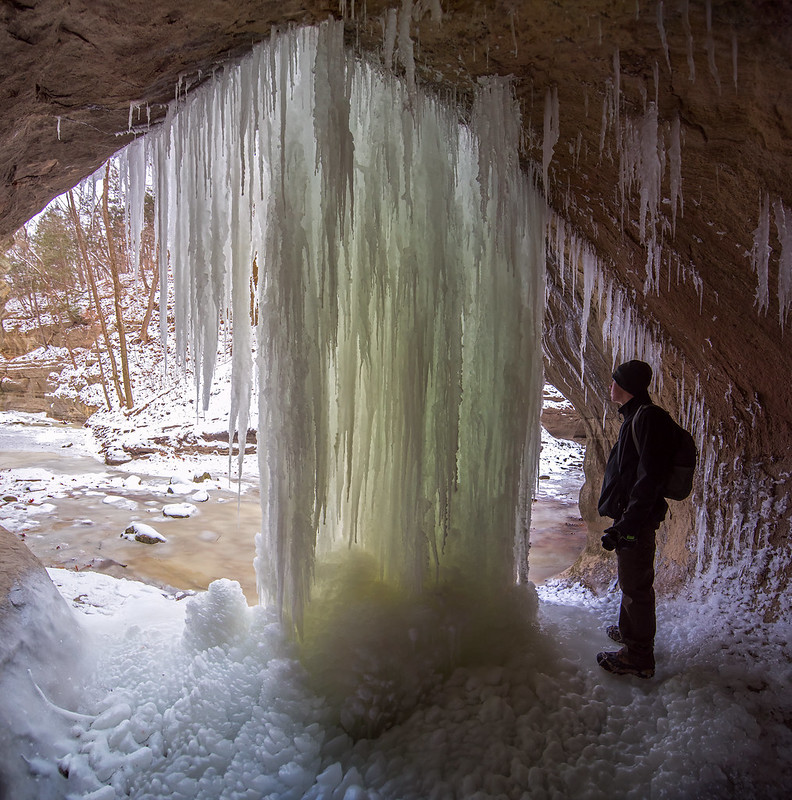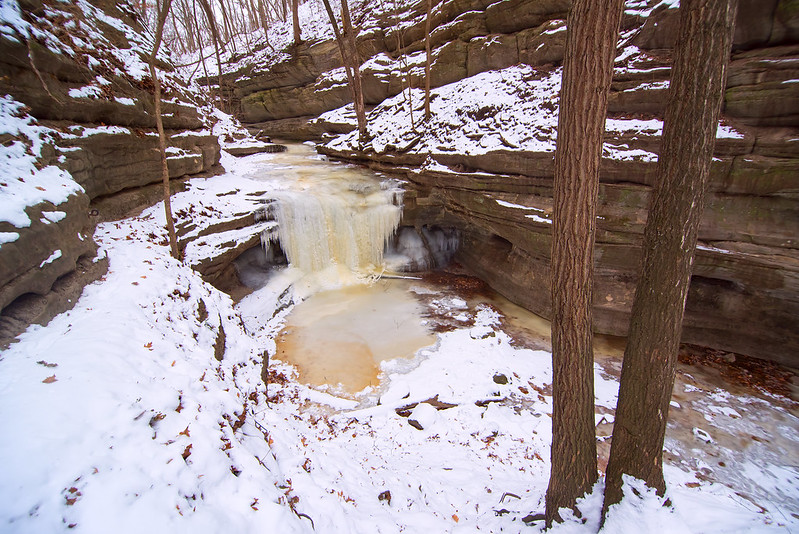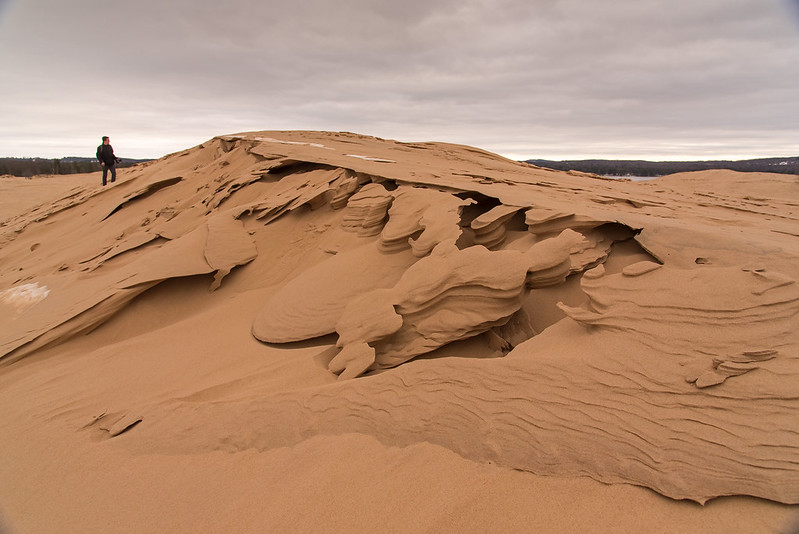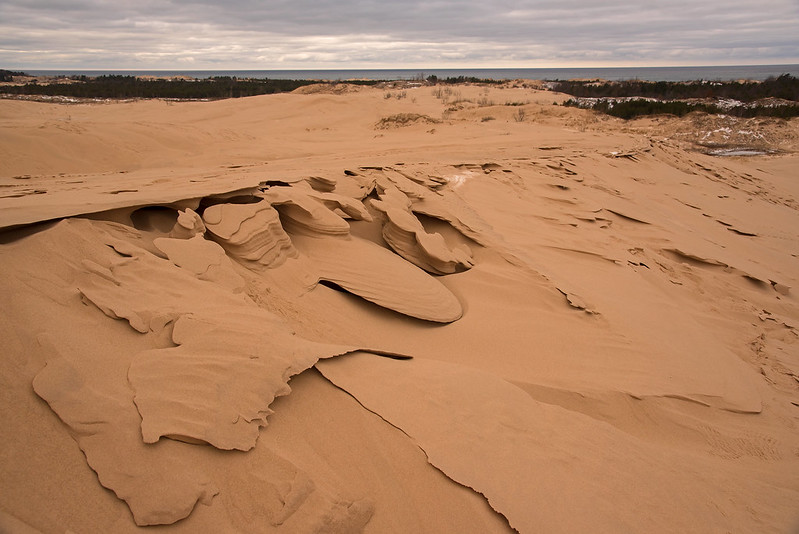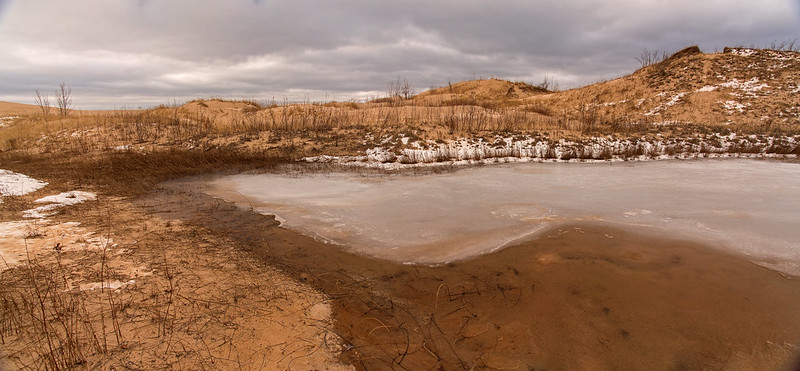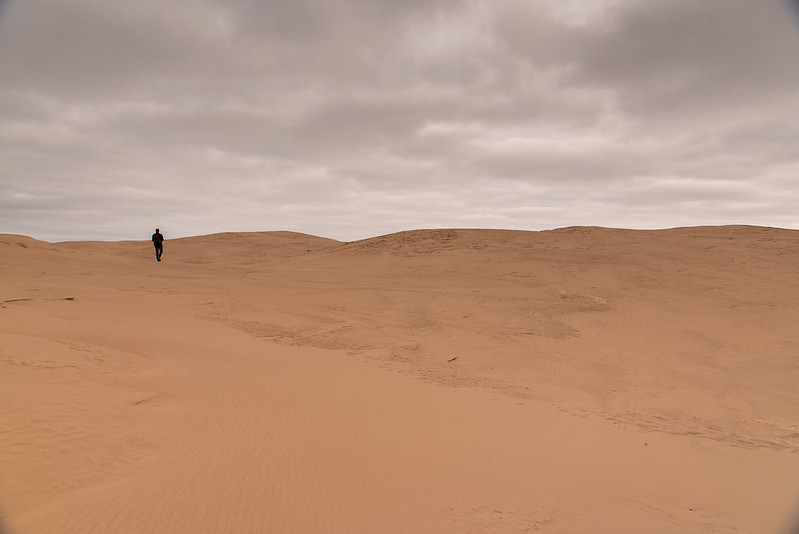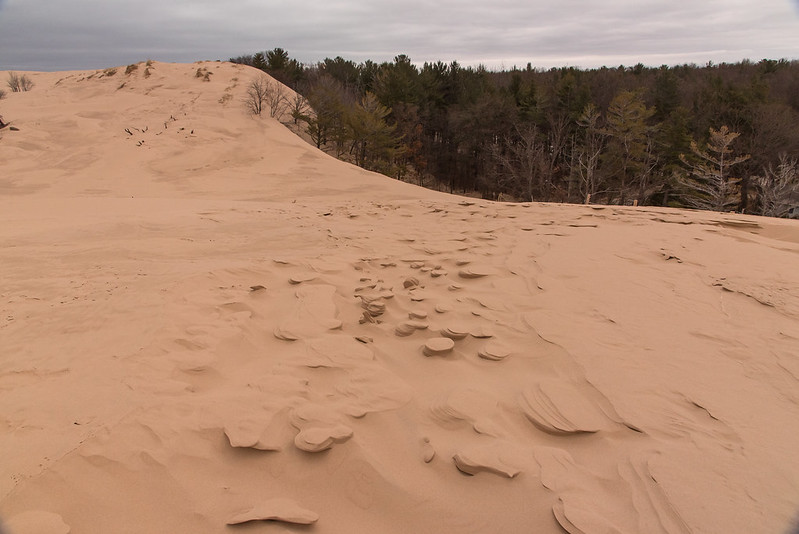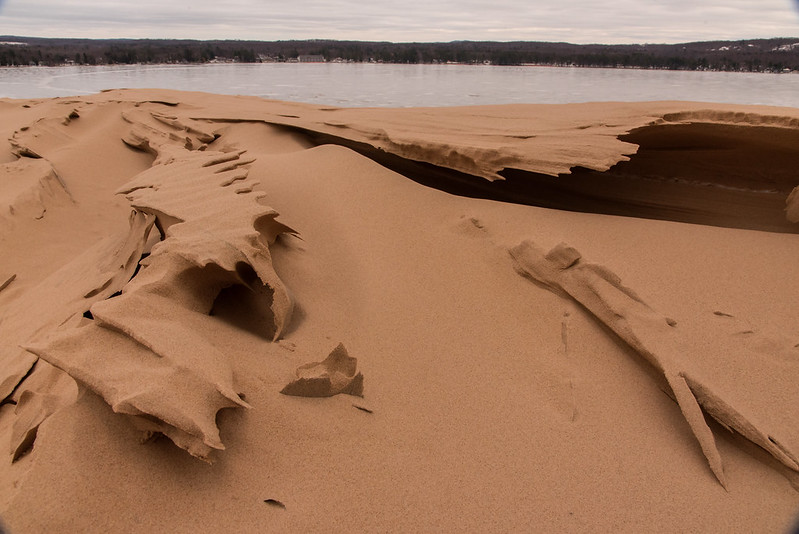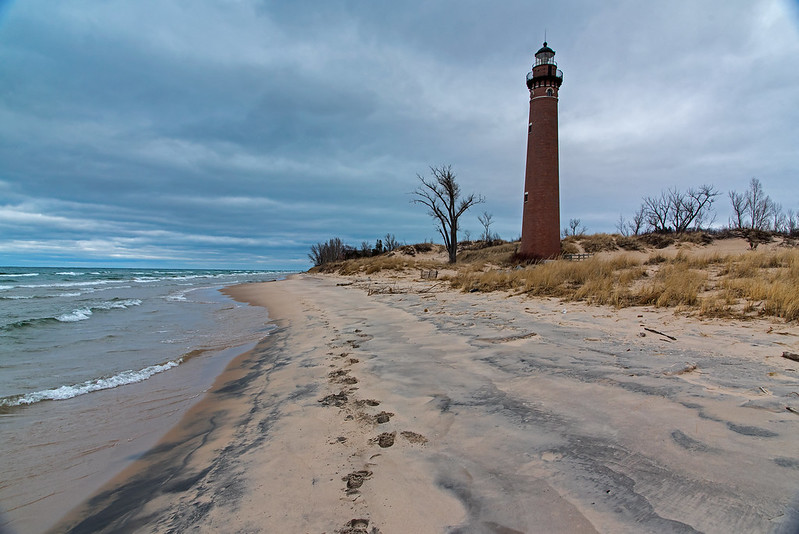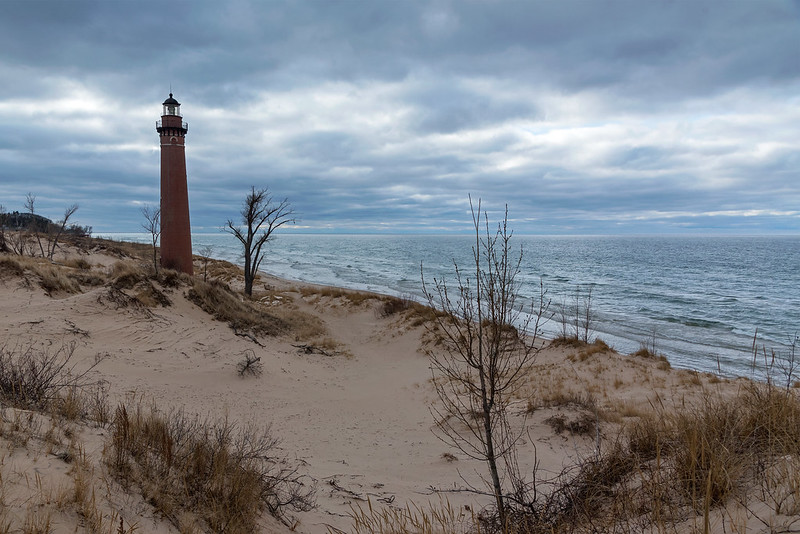
The second stop on our trip to Matthiessen State Park was Cascade Falls. Located in the lower dell portion of the park, it takes a bit of a hike to reach, even though you can view the area from the trail head.
Right after heavy rain or snow melt, the lower dells can be flooded, making it impossible to reach the canyon floor to view the caves and waterfall. But on this trip, we were able to make the full trip to the foot of the falls.
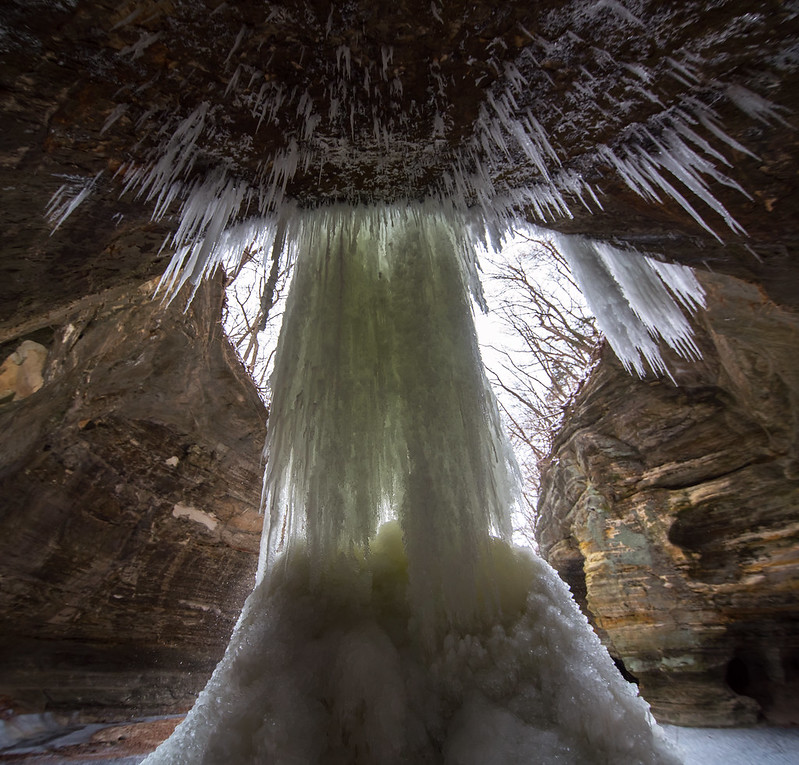 As a matter of fact, we were also able to climb behind the frozen falls to view the ice from below, something that becomes increasingly more difficult as the ice increases in size. It's always interesting to see the ice illuminated from behind.
As a matter of fact, we were also able to climb behind the frozen falls to view the ice from below, something that becomes increasingly more difficult as the ice increases in size. It's always interesting to see the ice illuminated from behind. 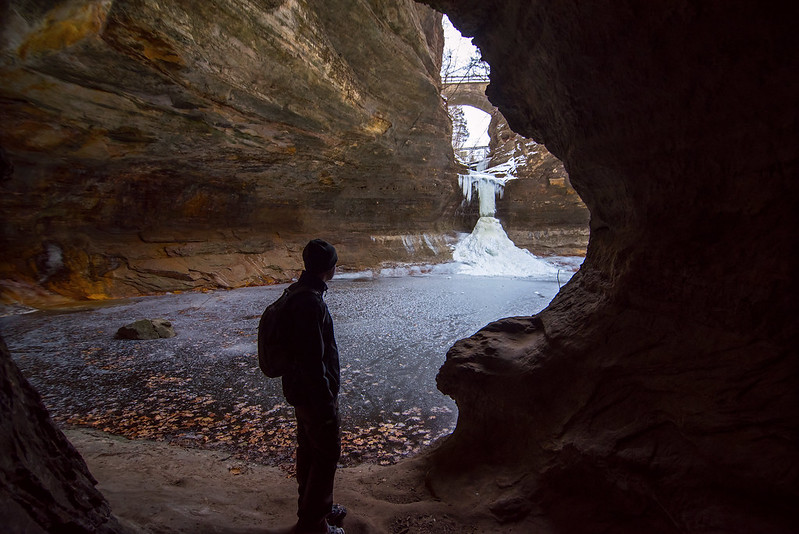 Another feature of the lower dells are small caves. These caves are large enough to walk through, and some connect with each other via smaller passages. One cave opens up to the end of the canyon with a view of Cascade falls in the distance.
Another feature of the lower dells are small caves. These caves are large enough to walk through, and some connect with each other via smaller passages. One cave opens up to the end of the canyon with a view of Cascade falls in the distance.

